Art World
Archaeologists Have Discovered the Largest, Oldest Maya Monument to Date, and It Appears to Have Been Built by the People, for the People
Researchers believe the site was built without the direction of ruling elites.
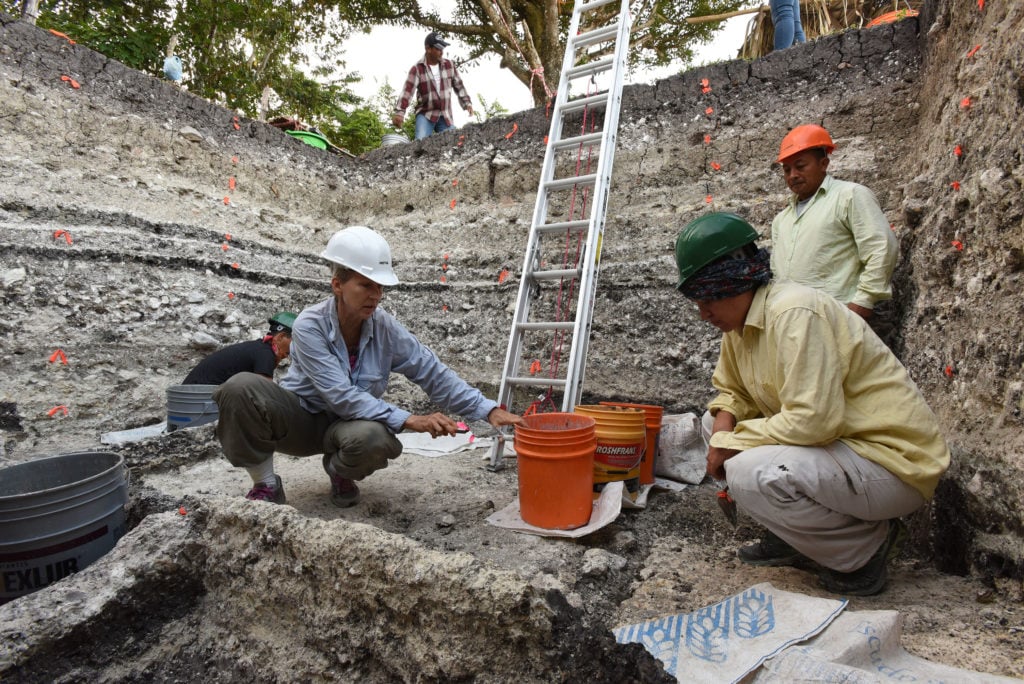
Researchers believe the site was built without the direction of ruling elites.

Caroline Goldstein

Researchers based at the University of Arizona have found what they believe to be the largest and oldest Maya monument ever discovered—and it was hidden in plain sight all along.
Using state-of-the-art Light Detection and Ranging (LiDAR) tools, a group of archaeologists led by Takeshi Inomata located a 3,000-year-old ceremonial complex constructed of multiple structures, including a pyramid-topped form, at the site of Aguada Fénix in Mexico, near the northwest border of Guatemala.
The area, deemed the “Maya Lowlands,” is rife with ruins, but this particular complex is notable because of how close it is to the top of the ground. The scholars first reported their find in the journal Nature.
One especially notable aspect of the ruin is that it lacks large stone structures, such as giant heads or thrones, that are associated with rulers or elites, suggesting that the site was constructed according to more democratic labor practices.
“Traditionally, archaeologists thought that you get the development of social inequality, and then elites, rulers, or other powerful people organize large construction projects,” Inomata tells Artnet News. “But Aguada Fénix shows that large constructions were done in the absence of powerful elites.”
Although he stresses that there could have been some leaders who helped to plan the complex, the ruin “tells us the potential of human collaboration, which does not necessarily require a centralized government.”
See more images of the excavation site below.
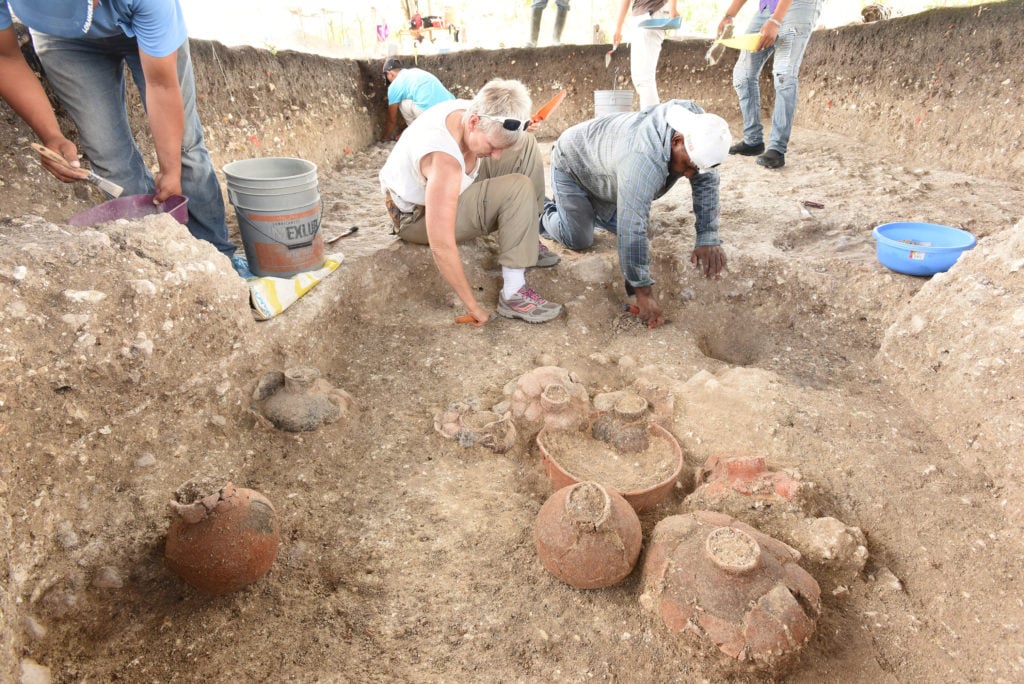
Daniela Triadan (center) excavating with multiple ceramic vessels at Aguada Fenix. Courtesy of Takeshi Inomata.
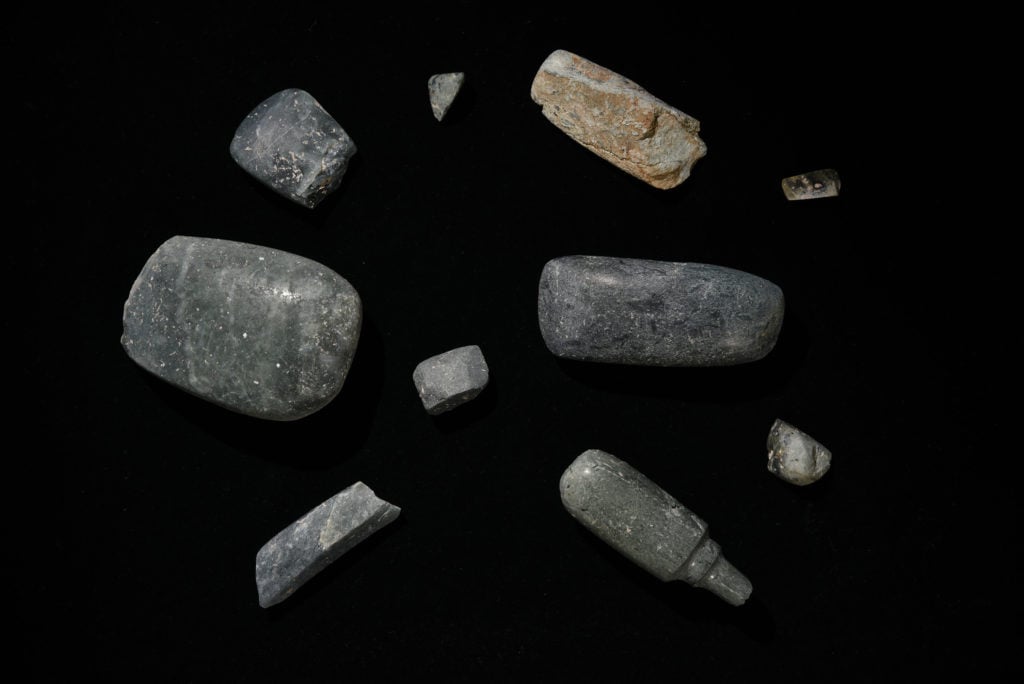
13 greenstone axe dates to early-middle Preclassic (1000-700 BC) from Aguada Fenix. Courtesy of Takeshi Inomata.
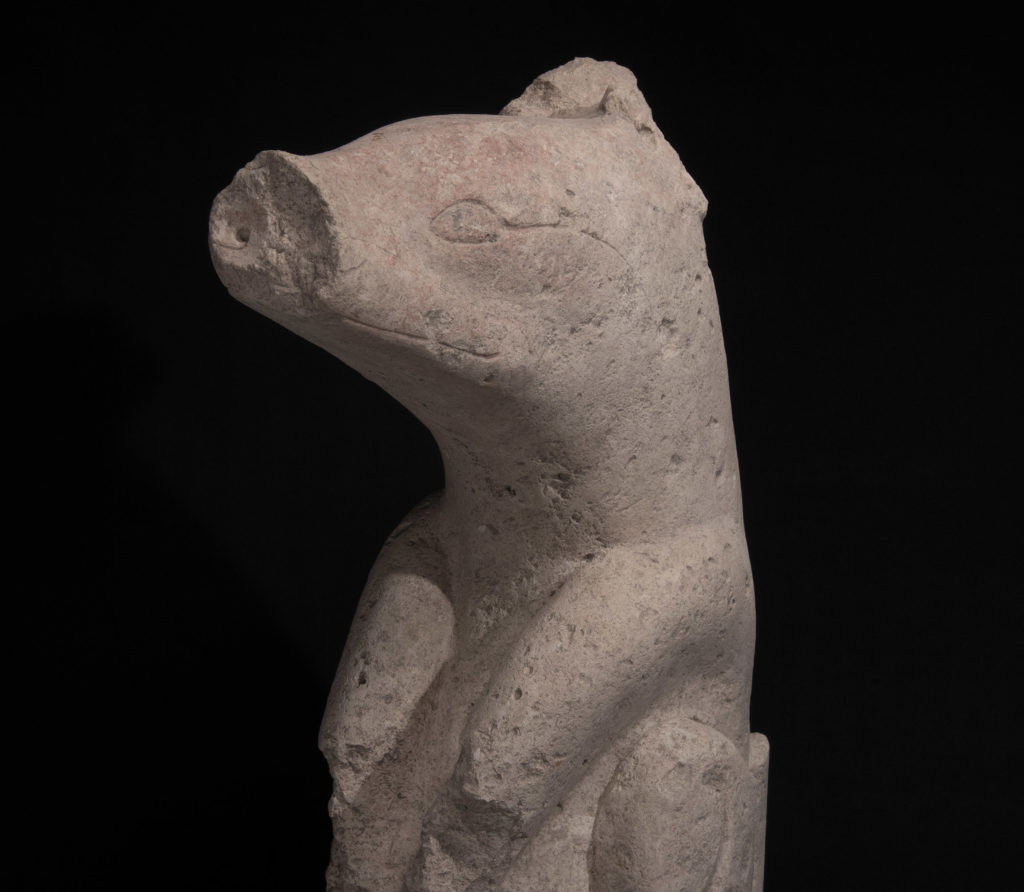
Stone sculpture dating to early Preclassic (1000-700 BC). 3D image of the site of Aguada. Courtesy of Takeshi Inomata.
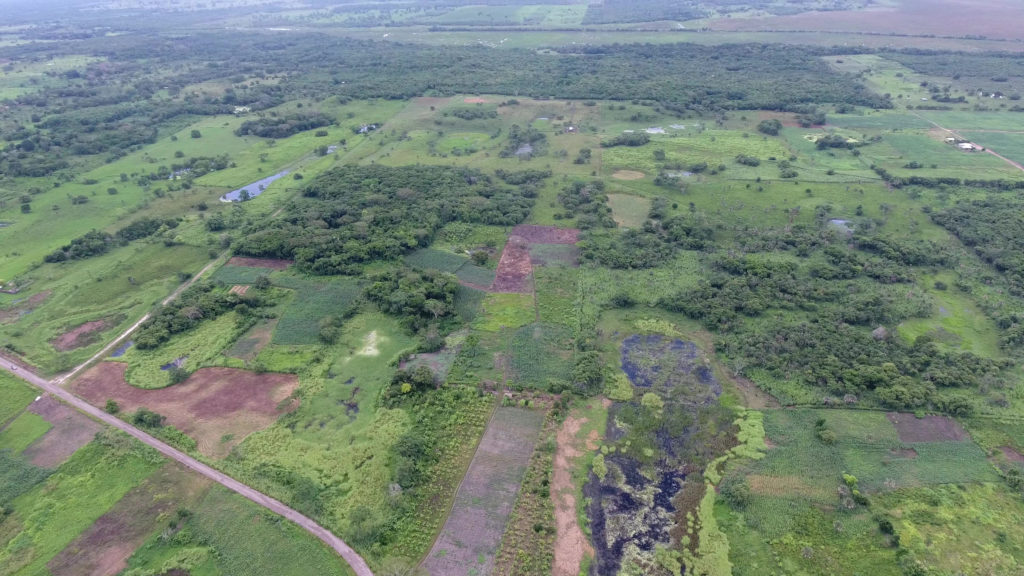
Aerial view of Aguada Fenix. Causeways and reservoirs in front and the Main Plateau in the back. Courtesy of Takeshi Inomata.
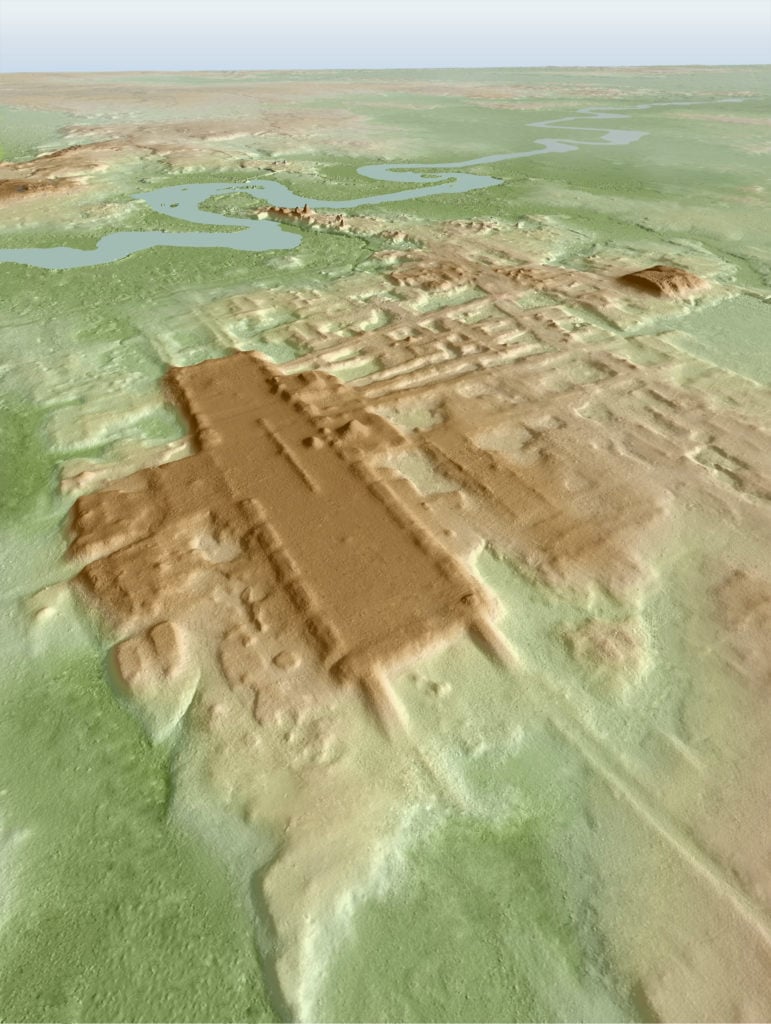
3D image of the site of Aguada. Courtesy of Takeshi Inomata.